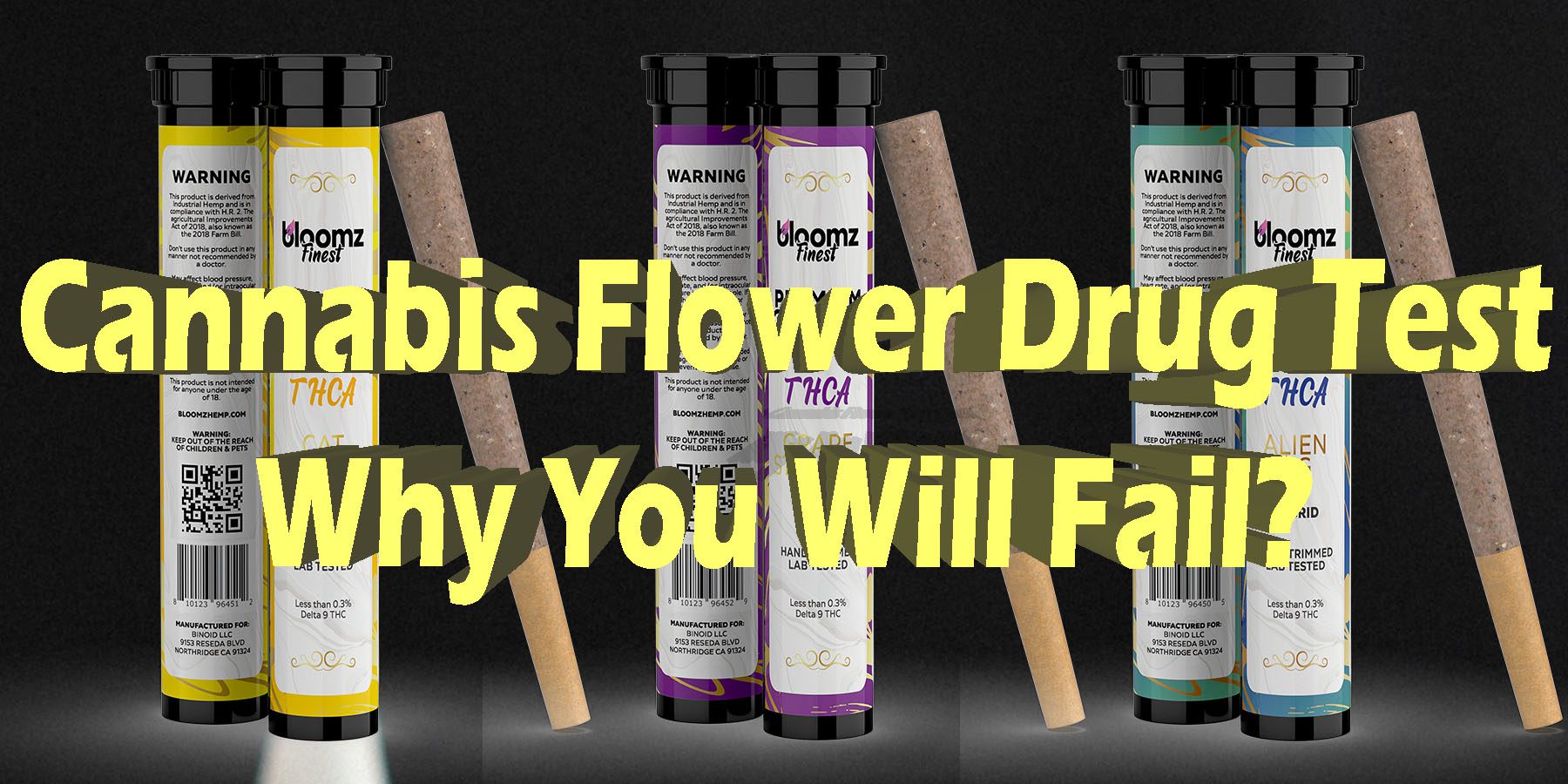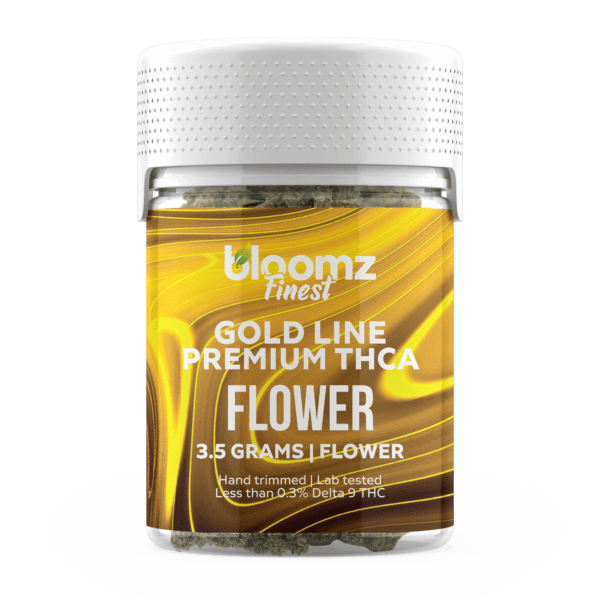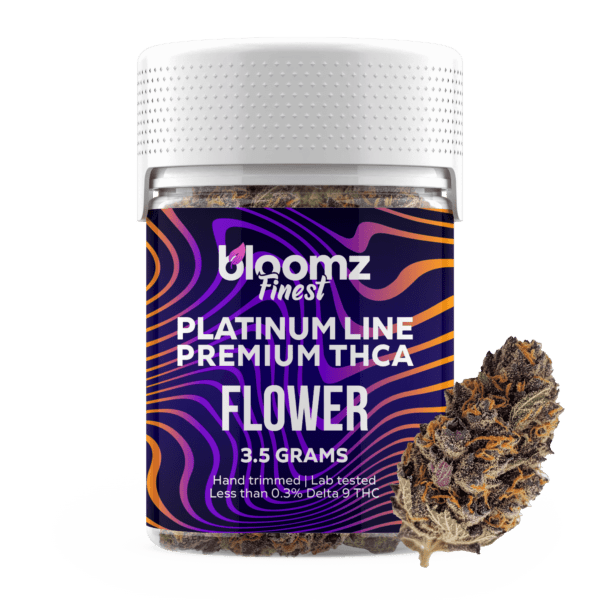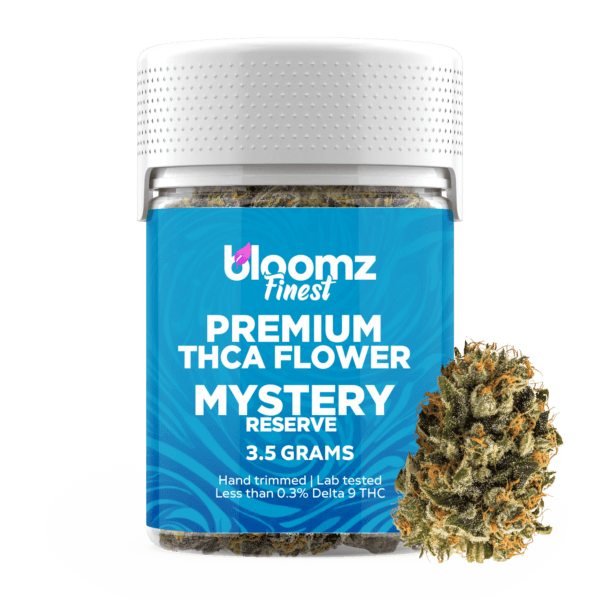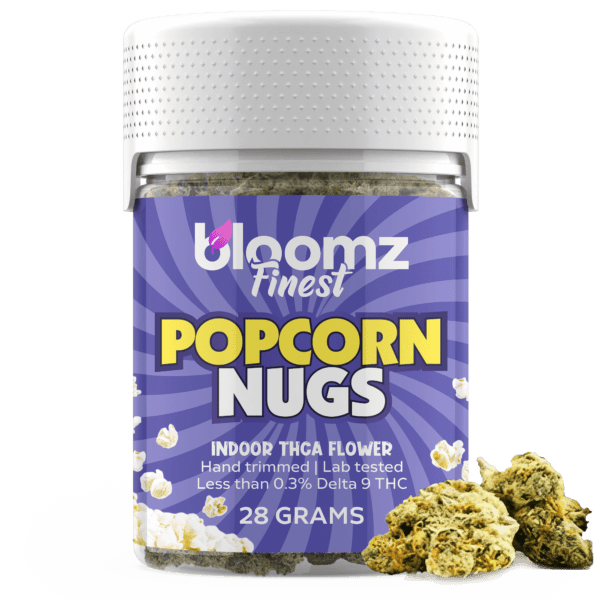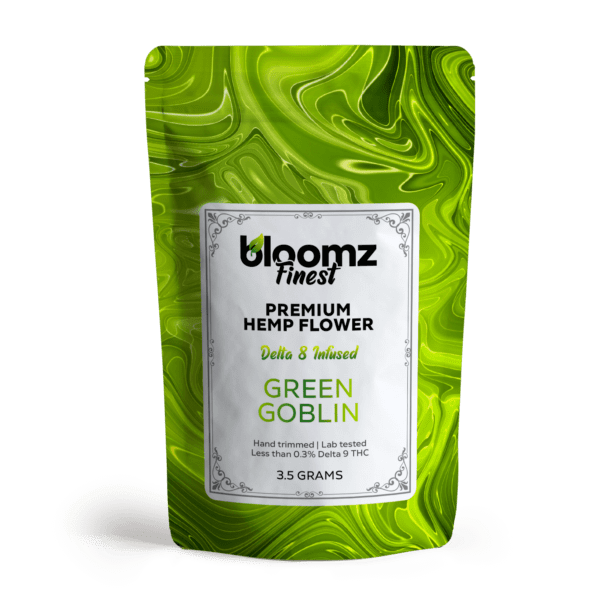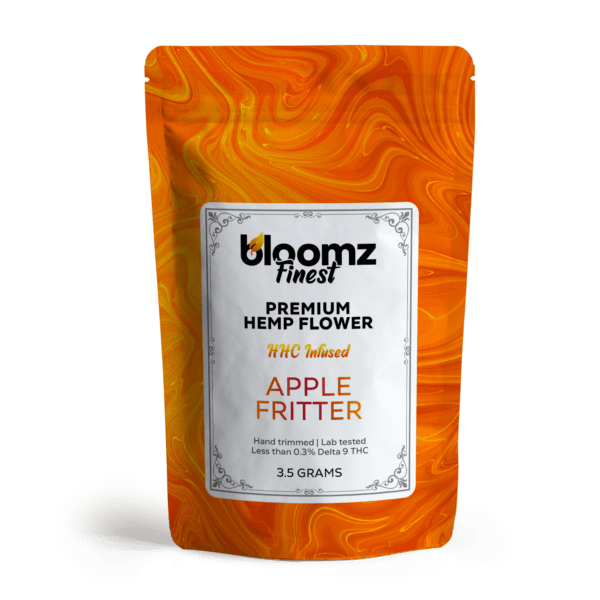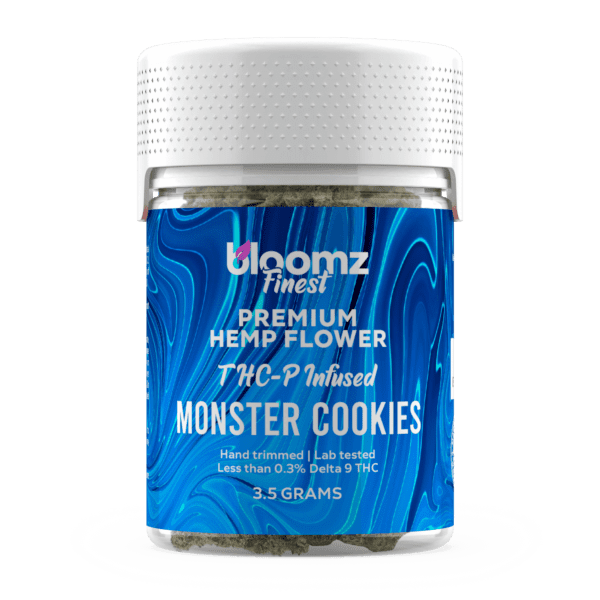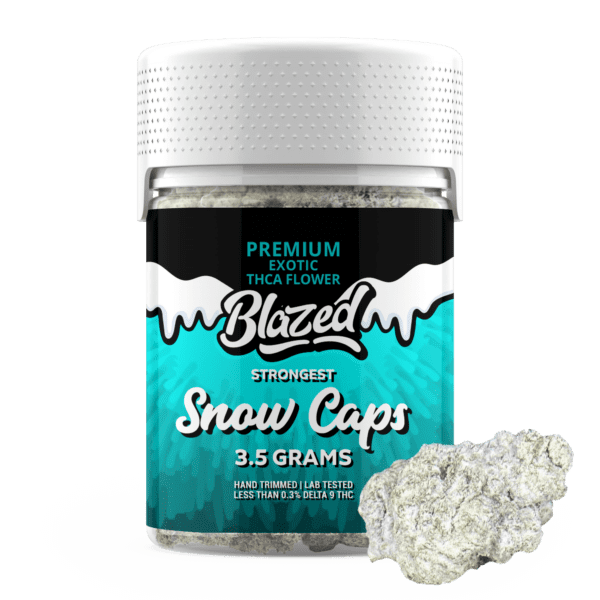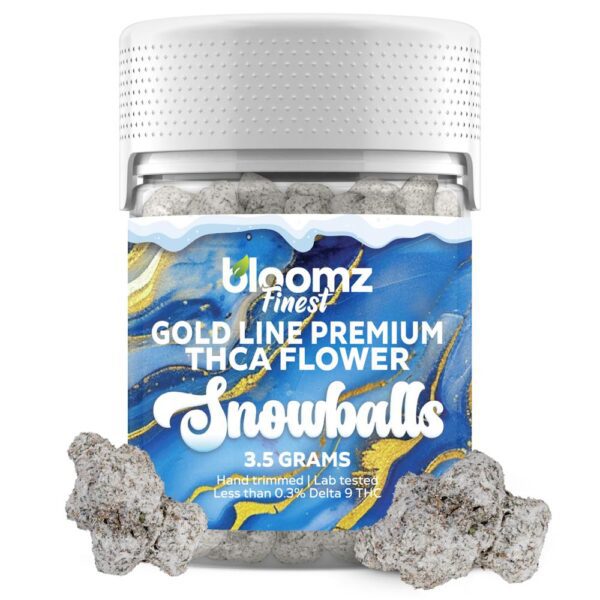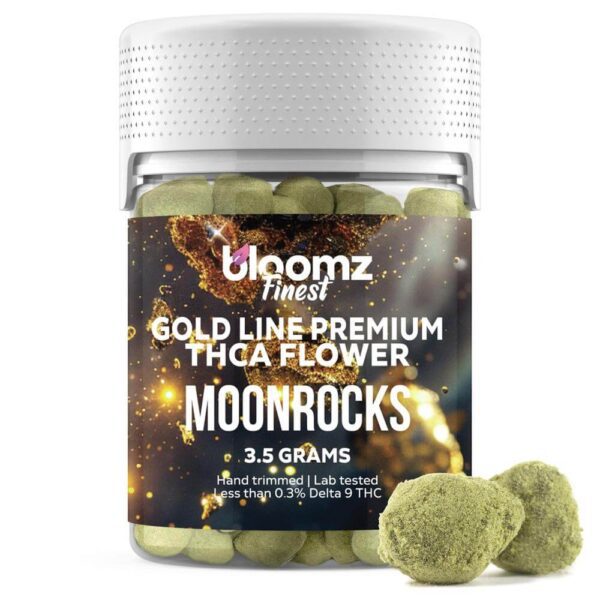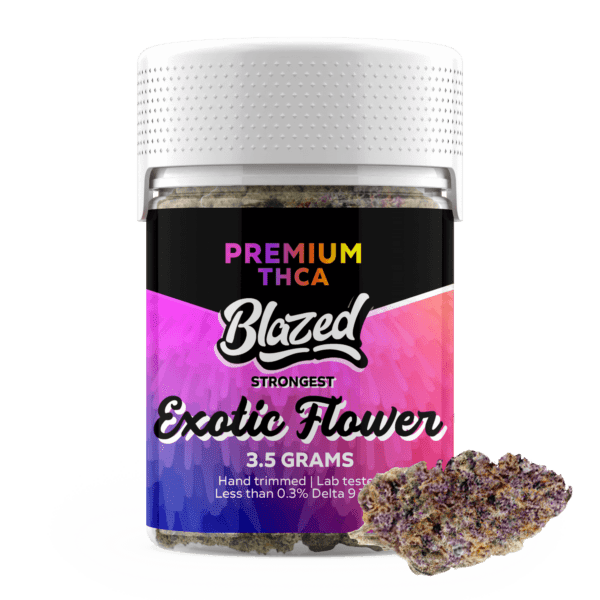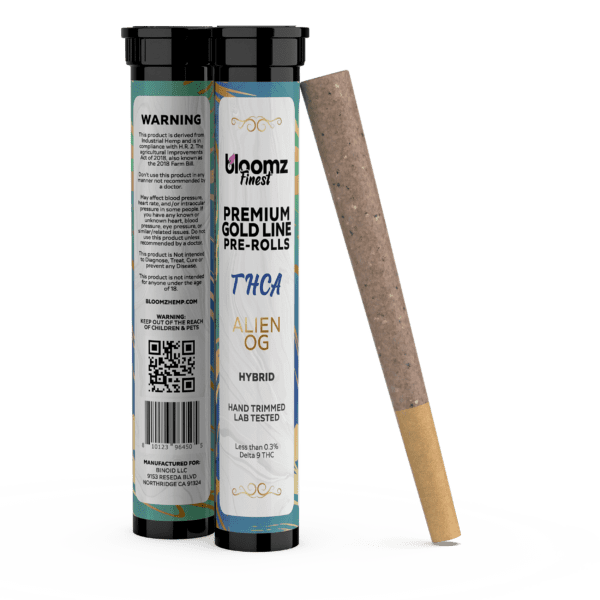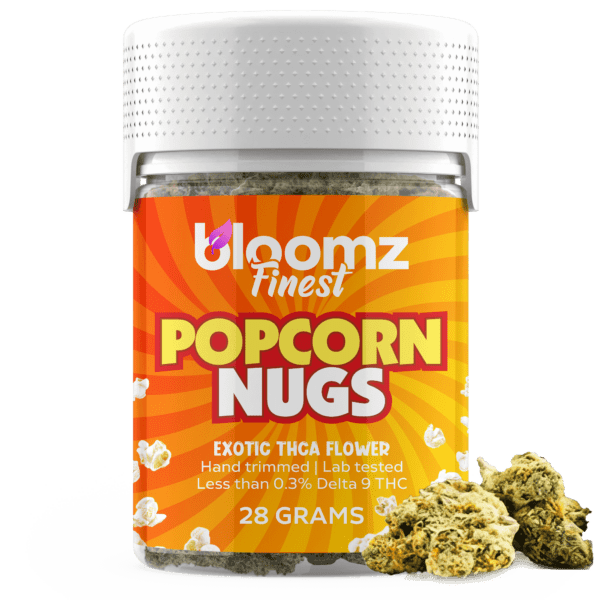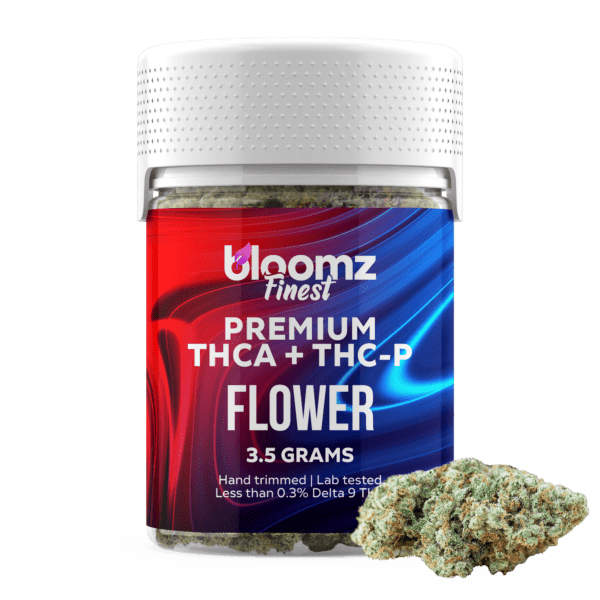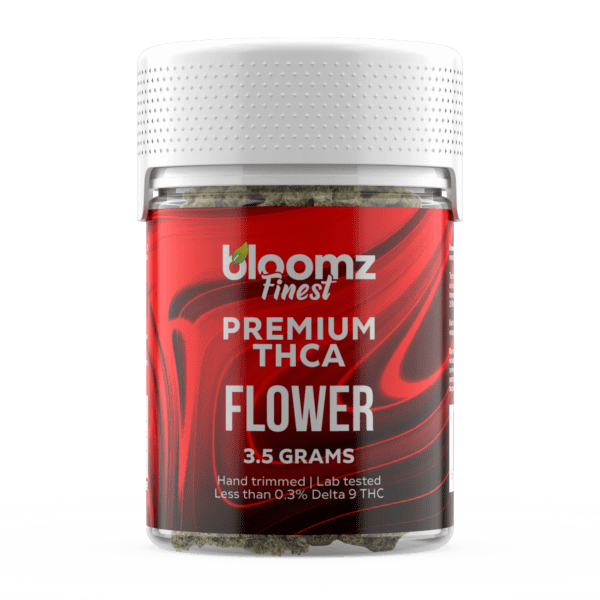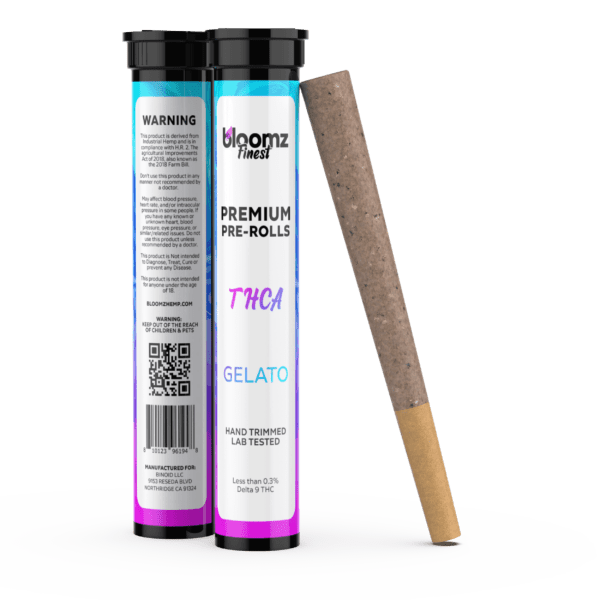The intersection of personal choice and professional life often brings with it a host of complex questions. For those who enjoy the occasional moment of bliss with cannabis flower, a looming drug test can feel like an unpredictable storm on the horizon. It’s a situation steeped in nuance, where the simple act of partaking in a legal and personally enjoyable activity could have significant repercussions.
Many people find themselves navigating a sea of information, trying to understand the invisible trail that cannabis leaves behind. This journey isn’t just about what was consumed, but how it interacts with the unique and intricate chemistry of one’s own body. The lingering question is not merely a “yes” or “no”, but a deeper inquiry into the mechanics of metabolism, the science of detection, and the myriad of personal factors that can turn a relaxing evening into a period of uncertainty. Knowing this delicate balance is key to navigating these modern-day quandaries with clarity and confidence.
To Buy Cannabis Flower Click Here
Recommended products
-
THCA Flower – Indoor Exotics – Gold Line
$37.99$69.99 -
THCA Flower – Platinum Line
$49.99$79.99 -
THCA Flower – Mystery Reserve
$41.99$79.99 -
THCA Smalls
$149.99$256.99
Understanding THC and Its Journey in the Body
At the heart of any discussion about cannabis and drug testing lies a single, crucial molecule: Delta-9-tetrahydrocannabinol, more commonly known as THC – the primary psychoactive compound in cannabis, and the chemical constituent responsible for the feelings of euphoria, the sense of being chilled out, and the blissful state that users often seek. However, when it comes to a drug test, the focus shifts away from the immediate effects of THC and onto the long, lingering metabolic trail it leaves in its wake. This trail is far more persistent than the experience itself and understanding its path through the human body is the first and most critical step in comprehending how a single session with cannabis flower can lead to a positive test result days, weeks, or even a month later.
When cannabis flower is consumed, whether through inhalation via smoking or vaping, or through oral ingestion in edibles, THC enters the bloodstream. The method of consumption dictates the speed and efficiency of this initial absorption. Inhalation is incredibly rapid; THC passes from the lungs directly into the bloodstream, reaching the brain and other organs within minutes. This is why the effects of smoking or vaping are felt almost instantaneously. Edibles, on the other hand, present a much slower and more roundabout journey. The cannabis must first pass through the digestive system and then to the liver for an initial round of processing before it enters the general circulation. This “first-pass metabolism” is why edibles can take anywhere from 30 minutes to two hours to take effect.
Regardless of how it gets there, once THC is in the bloodstream, it is shuttled to the liver, the body’s primary detoxification organ. Here, a crucial transformation occurs. The liver’s job is to take foreign substances and convert them into water-soluble compounds that can be easily excreted. Through the action of enzymes, primarily from the cytochrome P450 family, the liver metabolizes THC into a series of byproducts. The first and most notable is 11-hydroxy-THC (11-OH-THC), which’s also psychoactive and can contribute to the overall experience, especially when cannabis is ingested. This metabolite is then further broken down into a non-psychoactive compound called “11-nor-9-carboxy-THC”, or “THC-COOH”.
It is this final, inactive metabolite, THC-COOH, that’s the primary target for the vast majority of cannabis drug tests, particularly urine screenings. The reason for this is twofold. First, THC-COOH has a much longer half-life in the body than active THC. While the noticeable effects of cannabis might wear off in a few hours, THC-COOH lingers for a significantly longer period. Second, and perhaps most importantly, THC and its metabolites are highly lipophilic, meaning they are fat-soluble. Instead of being quickly flushed out of the body like water-soluble substances, they are readily absorbed and stored in the body’s adipose (fat) tissues.
This fat-solubility is the key to the long detection window for cannabis. The THC-COOH molecules bind to fat cells throughout the body. From these fatty deposits, they are slowly released back into the bloodstream over time. The bloodstream then carries them to the kidneys, where they are filtered out and finally excreted in the urine. This slow, steady leaching process from fat stores is why a person can test positive long after the psychoactive effects have faded and even long after the last use.
The body effectively becomes a time-release reservoir of these tell-tale metabolites, creating a metabolic footprint that can last for an unexpectedly long duration. The final excretion is a slow process, with approximately 20% of the metabolites leaving through urine and about 65% being eliminated through feces. This entire journey, from the moment of bliss to the final excretion of a non-active byproduct, is a complex biological process that is highly individual and central to the question of passing or failing a drug test.
Decoding the Tests – A Look at Different Drug Screening Methods
When an individual faces a drug test, they are not encountering a single, monolithic entity. The type of test administered plays a pivotal role in what is being measured and for how long it can be detected. Each method—urine, blood, saliva, and hair—has a different scientific basis, a unique window of detection, and is typically used for different purposes. Understanding the mechanics behind each test is crucial for anyone wanting to comprehend their potential outcome after consuming cannabis flower. An employer screening for new hires will likely use a different method than law enforcement conducting a roadside check, and the difference between these tests can be the difference between a positive and a negative result.
The Urine Test: The Most Common Hurdle
The urine test is, by a significant margin, the most common method used for workplace drug screening. Its popularity stems from its non-invasive nature, relatively low cost, and, most importantly, its long detection window for cannabis metabolites. A standard urine test does not look for the active, psychoactive THC molecule. Instead, it is designed to detect the presence of the inactive metabolite, THC-COOH. The test works on an immunoassay principle, where specific antibodies are used that bind to THC-COOH. If the concentration of this metabolite in the urine sample is above a predetermined cutoff level, the test will be flagged as positive.
The standard cutoff level used in the United States, as recommended by the Substance Abuse and Mental Health Services Administration (SAMHSA), is 50 nanograms per milliliter (50 ng/mL). If a sample tests positive at this initial screening level, it is typically sent for a confirmatory test using a more sophisticated and precise method called Gas Chromatography/Mass Spectrometry (GC/MS). This confirmation test is highly accurate and can eliminate the possibility of a false positive from the initial immunoassay screen. The detection windows for urine tests are heavily dependent on the frequency of use. A one-time user might only be positive for 3-4 days. A moderate user (a few times a week) could test positive for a week or more. For chronic, daily users, the detection window can easily extend to 30 days or, in some cases of very heavy use and high body fat, even longer.
The Blood Test: A Snapshot in Time
Unlike urine tests that look for past use, blood tests are primarily designed to detect current impairment or very recent use. This type of test measures the concentration of active THC in the bloodstream. Because THC is absorbed into the blood rapidly after inhalation and then quickly begins to be metabolized and stored in fat, its levels in the blood drop quite fast. For this reason, a blood test has a much shorter detection window.
For an infrequent user, THC may only be detectable in the blood for a few hours, typically up to 12 hours after a single use. In the case of chronic, heavy users, it might be detectable for a bit longer, perhaps up to 24-48 hours, as the THC stored in fat tissues slowly leaches back into the bloodstream. Due to their invasive nature (requiring a needle draw) and short detection window, blood tests are not practical or common for pre-employment or random workplace screening. They are more frequently utilized in situations like post-accident investigations or DUI stops, where the goal is to determine if a person was under the influence at a specific and recent point in time.
The Saliva Test: A Focus on the Recent Past
Saliva testing, also known as oral fluid testing, has been gaining popularity as a screening method, particularly for roadside testing and some workplace scenarios. It strikes a balance between the immediacy of a blood test and the non-invasiveness of a urine test. A saliva test detects the presence of active THC itself, not its metabolites. When cannabis is smoked or vaped, THC is present in the oral cavity, where it can be detected in saliva for a relatively short period.
For occasional users, the detection window is typically around 24 hours. For more frequent users, it may be extended up to 72 hours. Saliva tests are advantageous for detecting very recent use and are therefore a good indicator of potential, recent impairment. Their ease of administration—simply a swab of the inside of the cheek—and the difficulty in adulterating a sample make them an attractive option for employers who are more concerned with on-the-job safety than off-duty conduct.
The Hair Follicle Test: A Long-Term Record
The hair follicle test offers the longest detection window of all, acting as a historical record of substance use. As blood circulates through the body, THC metabolites are deposited from the bloodstream into the base of the hair follicle. As the hair grows, these metabolites are trapped within the hair shaft. Hair typically grows at a rate of about half an inch per month. A standard hair test uses a 1.5-inch sample taken from close to the scalp, which provides an approximate 90-day window of detection.
This makes hair testing a method for identifying a pattern of regular, repeated use rather than a single, isolated instance. While it has an impressive detection window, hair testing is not without controversy. Some studies have suggested that results can be influenced by hair color and texture, and there is a potential, albeit small, for false positives from external contamination (e.g., being in close contact with cannabis smoke). It is also the most expensive form of drug testing and cannot detect very recent use, as it takes several days for the metabolites to become incorporated into the hair shaft above the scalp.
Recommended products
Factors That Influence Your Test Result
The question of whether cannabis flower will lead to a failed drug test cannot be answered with a simple, universal timeline. The outcome is not determined by a single variable but is rather the result of a complex interplay of personal and behavioral factors. The body’s processing of THC is a highly individualized affair, and what might result in a negative test for one person could easily be a positive for another, even under seemingly similar circumstances.
This “personal equation” is composed of several key components, each capable of dramatically shifting the detection window. Keep in mind though, predicting the outcome of a drug test is less like simple math and more like complex calculus, with numerous personal variables that must be factored into the equation.
Factor #1: Frequency of Use
Without a doubt, the most significant factor influencing a drug test result is how often an individual consumes cannabis. The body’s handling of THC from a single, isolated use is vastly different from its response to chronic, daily consumption. This all comes back to the fat-soluble nature of THC’s primary metabolite, THC-COOH. Let’s break it down a bit further though:
The One-Time User: An individual who uses cannabis flower for the first time, or after a very long period of abstinence, will have no existing buildup of metabolites in their system. The body will process the dose, and the resulting THC-COOH will be stored and then slowly eliminated. For this person, a urine test may only come back positive for approximately 3 to 5 days.
The Moderate User: Someone who partakes a few times per week will begin to accumulate THC-COOH in their fat cells faster than it can be eliminated. This creates a baseline level of metabolites in their system. For this type of user, the detection window in urine can stretch from one to three weeks after their last use.
The Chronic User: For a person who uses cannabis daily or multiple times a day, the body is in a constant state of saturation. The fat tissues become reservoirs heavily laden with THC-COOH. The elimination process is continuous, but it cannot keep up with the intake. As a result, even after ceasing use, this individual will have a long “tail” of elimination as the stored metabolites are slowly leached back into the bloodstream. It is not uncommon for a chronic user to test positive in a urine screen for 30 days or even longer—in some documented cases, up to 60 or even 90 days for individuals with very high usage and a high percentage of body fat.
Factor #2: Dosage and Potency
The sheer amount of THC introduced into the body plays a direct and critical role. This is a function of both the quantity of cannabis flower consumed and its potency. The cannabis market of today is worlds away from that of a few decades ago. Selective breeding has resulted in strains of cannabis flower with THC concentrations that can exceed 20%, 25%, or even 30%.
A single session with such a high-potency flower can introduce a massive dose of THC into the system, far more than what might have been consumed in the past. Therefore, a person’s definition of “a little bit” can be deceiving. A small amount of a highly potent strain can have the same impact on a drug test as a much larger quantity of a less potent variety. The higher the initial dose of THC, the greater the concentration of THC-COOH metabolites will be produced and stored, thus extending the time it takes for the body to clear them below the test’s cutoff threshold.
Factor #3: Method of Consumption: Smoke, Vape, or Eat?
How cannabis is consumed also subtly alters the metabolic process and can influence detection times:
Inhalation (Smoking and Vaping): This is the most direct route to the bloodstream. It’s efficient and leads to a rapid onset of effects. While the peak THC levels are reached quickly, the metabolic process that follows is largely the same, leading to the creation and storage of THC-COOH.
Ingestion (Edibles): Eating cannabis creates a different metabolic pathway. When THC is processed through the liver first (the “first-pass effect”), a larger proportion of it is converted into 11-OH-THC before it even reaches the brain. While this can lead to a more intense and prolonged euphoric experience, it also means the body has a different ratio of metabolites to deal with. Some evidence suggests that because the processing is slower and more prolonged through the digestive system, the detection window for edibles might be slightly longer for some individuals compared to an equivalent dose that was inhaled, though this is still an area of ongoing research. The key takeaway is that the body is still left to clear the same fat-soluble THC-COOH.
Factor #4: Individual Metabolism and Body Composition
Finally, the unique characteristics of an individual’s body are a crucial piece of the puzzle.
Metabolic Rate: People with naturally faster metabolic rates will process and eliminate substances, including THC metabolites, more quickly than those with slower metabolisms. Factors like age, genetics, and overall health can all influence a person’s basal metabolic rate.
Body Mass Index (BMI) and Body Fat Percentage: This is a critical factor directly tied to the storage of THC-COOH. Since the metabolite is stored in fat cells, an individual with a higher percentage of body fat has a larger storage capacity. This means they can accumulate more metabolites and will likely take longer to excrete them, resulting in a longer detection window. Conversely, a leaner individual with less body fat has fewer places to store these compounds and may clear them from their system more quickly.
Hydration: While staying well-hydrated is good for overall health, attempting to “flush” THC out of the system by drinking excessive amounts of water is a common myth. Because THC-COOH is stored in fat, not water, it cannot simply be washed out. Drinking an abnormal amount of water right before a test might dilute the urine, which could lower the metabolite concentration, but it can also be a red flag. Labs routinely test for creatinine levels and specific gravity to detect diluted samples, which can result in a failed test just as a positive one would.
The Strain Question – Does the Type of Cannabis Flower Matter?
In the vibrant and ever-expanding world of cannabis, consumers are often presented with a dazzling array of choices. Menus and display jars are filled with flower bearing evocative names, each promising a unique experience. They are typically categorized into three broad groups: indica, sativa, and hybrid. Indica strains are popularly associated with a more “in-da-couch,” body-centric feeling of being relaxed, while sativas are often marketed as providing a more energetic, cerebral, and uplifting sense of euphoria. Hybrids, as the name suggests, are bred to offer a blend of these characteristics. Given this diversity, a logical question arises: does the specific strain of cannabis flower one chooses to enjoy have any bearing on the outcome of a drug test?
The short and scientifically direct answer is no, at least not in the way most people think. Drug tests are not designed to differentiate between indica, sativa, or the most creatively named hybrid. These classifications, while useful from a marketing and consumer experience perspective, are not based on a distinct chemical trigger that a drug test is looking for. The tests have a single, highly specific target: THC and its metabolite, THC-COOH. The test does not care if the THC that produced the metabolite came from a strain that made you feel chilled out and sleepy or one that inspired a burst of creative energy. To a drug screening panel, THC is simply THC.
The true relevance of the “strain question” lies not in its classification but in its potency. The critical factor that a specific strain brings to the drug test equation is its concentration of THC. Over the past few decades, horticultural advancements and sophisticated breeding techniques have led to a significant increase in the average potency of cannabis flower. Strains from the 1970s and 80s often contained THC levels in the low single digits. Today, it is commonplace to find flower with THC content ranging from 20% to well over 30%.
This is where the choice of strain becomes profoundly important. A person consuming a “light” or “mellow” strain with a THC content of 12% will be introducing a significantly smaller amount of the target compound into their body than someone consuming a premium, top-shelf strain that boasts a 28% THC level, even if they consume the exact same physical amount of flower. The higher the initial dose of THC, the greater the volume of THC-COOH metabolites the liver will produce. This larger pool of metabolites will then be stored in the body’s fat cells, and it will consequently take a much longer time for them to be slowly released and excreted until their concentration in the urine dips below the 50 ng/mL cutoff level.
Furthermore, it’s important to clear up a common misconception regarding other cannabinoids, such as cannabidiol (CBD). Many strains have varying ratios of THC to CBD. While CBD is a prominent compound and is valued for its own set of properties, it is not psychoactive in the same way as THC and is not a target for standard drug tests. A test for “marijuana” is a test for THC. Therefore, choosing a high-CBD, low-THC strain will certainly reduce the likelihood of a positive test result simply because the dose of THC is lower. However, even products marketed as “THC-free” or derived from hemp can legally contain trace amounts of THC (up to 0.3% by dry weight in the United States). For a frequent user, even these trace amounts could potentially accumulate over time and lead to a positive test result.
Ultimately, when assessing the impact of a particular cannabis flower on a drug test, one must look past the alluring name and the indica/sativa/hybrid label. The crucial data point is the percentage of THC. The experience a strain provides—whether it’s one of deep relaxation or vibrant euphoria—is irrelevant to the cold, chemical reality of a drug screening panel. The potency of the flower is the primary driver that dictates the size of the metabolic footprint you leave behind.
Recommended products
-
THCA Moonrocks – Gold Line
$57.99$89.99 -
Blazed Exotic THCA Flower
$36.99$79.99 -
Exotic THCA Pre-Rolls Gold Line – 3-Pack/6 Pack
$36.99$69.99
Testing Frequencies and Scenarios
The context in which a drug test is administered is just as important as the biological factors influencing the result. The stress and uncertainty a person feels will differ greatly depending on whether they are facing a scheduled, one-time screening for a new job or the looming possibility of frequent, unannounced tests. The frequency and predictability of the testing schedule create entirely different sets of challenges and require different levels of awareness regarding one’s cannabis consumption. Understanding these common scenarios provides a practical framework for applying the scientific knowledge of THC metabolism and detection.
Pre-Employment Screening: The Foreseeable Hurdle
This is perhaps the most common drug testing scenario. A company makes a conditional offer of employment, with the final step being a mandatory drug screen. In this case, the test is not a surprise. Job applicants usually have a window of several days, or even a week or more, between receiving the offer and needing to provide a sample. This predictability allows individuals to plan accordingly. For an infrequent or moderate user, a period of abstinence leading up to the test may be sufficient to allow their bodies to clear the THC metabolites to a level below the cutoff threshold.
However, for a chronic, daily user, even a week or two might not be enough time. The long “tail” of elimination from the stored THC-COOH in their fat cells can easily persist beyond this grace period. This scenario highlights the critical importance of understanding one’s own usage patterns. What might be a simple pause for one person could be an insurmountable timeline for another, turning an exciting job opportunity into a source of significant worry.
Random Testing Programs: The Element of Surprise
For employees in certain industries, particularly those with safety-sensitive roles (e.g., transportation, aviation, healthcare), random drug testing is a condition of employment. The entire system is built on unpredictability. An employee can be called upon to provide a sample at any time, with little to no advance notice. This creates a fundamentally different dynamic. For someone who enjoys cannabis flower, even infrequently, a random testing program presents a constant risk.
There is no “grace period” to plan for. A single session to achieve a state of relaxation over the weekend could lead to a positive test on a Monday morning. For individuals under this type of program, the only way to ensure a negative test result is to abstain from cannabis use entirely. The random nature of the testing effectively removes the ability to manage risk through timing, making any level of consumption a significant gamble against one’s career.
Post-Accident and For-Cause Testing: A Triggered Response
These tests are administered in response to a specific event. A post-accident test is triggered, as the name implies, after a workplace incident that causes injury or property damage. For-cause (or reasonable suspicion) testing occurs when a supervisor has documented, observable reasons to believe an employee may be impaired on the job. In both these cases, the test is immediate. The goal is often to determine if substance use could have been a contributing factor to the accident or the observed behavior.
These tests, which may include blood or saliva analysis in addition to urine, are focused on recent use. The question is not just “has this person used cannabis in the last 30 days?” but “was this person potentially under the influence at the time of the event?” This scenario underscores the importance of the separation between detection and impairment. A positive urine test can show that an individual consumed cannabis days or even weeks prior, long after any psychoactive effects have subsided, which can complicate the interpretation of the results in the context of a specific, time-sensitive incident.
Each of these testing scenarios interacts with the variables of personal use in a unique way. The challenge for a daily user facing a pre-employment screen is primarily one of long-term biology and the slow excretion of metabolites. For the weekend user in a random testing pool, the challenge is one of probability and bad luck. Understanding the specific type of landscape, one is navigating is a critical part of making informed personal decisions.
A Word on Secondhand Smoke and Other Myths
The anxiety surrounding a potential drug test has fueled a cottage industry of products and a proliferation of myths promising a surefire way to pass. From “detox” drinks to elaborate home remedies, the internet is awash with advice, much of which is ineffective and some of which can be counterproductive. Similarly, common concerns, like the fear of testing positive from simply being in the same room as someone else’s cannabis smoke, can add to the confusion. It is crucial to separate scientific fact from hopeful fiction to have a realistic understanding of what can and cannot influence a drug test result.
One of the most persistent concerns is the possibility of failing a drug test due to passive, or secondhand, inhalation of cannabis smoke. The scenario is easy to imagine: being at a concert, a party, or simply in a friend’s living room where others are partaking. The question is whether enough THC can be absorbed from the ambient air to trigger a positive result. Extensive research has been conducted on this topic, and the scientific consensus is that it is extremely unlikely under normal circumstances.
Studies, such as those conducted at Johns Hopkins University, have explored this very question using controlled “hotbox” scenarios. They found that for a person to test positive at the standard 50 ng/mL cutoff level, they would need to be exposed to extreme and prolonged conditions—specifically, sitting in a small, unventilated room filled with dense smoke for an extended period. In a typical, real-world situation with any reasonable amount of ventilation, the amount of THC absorbed by a non-smoker is negligible and falls far short of the concentration needed to fail a standard test. While a highly sensitive test with a very low cutoff (e.g., 20 ng/mL) might pick up trace amounts under more intense exposure, for the vast majority of people facing a standard workplace screening, secondhand smoke is not a legitimate cause for a positive result.
Alongside this concern are the myriad myths about “beating” a test. Many products are marketed as “detox” kits or drinks that claim to flush THC metabolites from the body. The fundamental problem with these claims is the biology of THC-COOH. Because it is stored in fat cells, it cannot be simply “flushed” out with water, cranberry juice, niacin, or any other concoction. These metabolites are released slowly over time, a process that cannot be significantly expedited.
The most these products can do is temporarily dilute the urine. By causing a person to drink a large volume of fluids and urinate frequently, the concentration of the metabolites in any given sample may be reduced, potentially falling below the cutoff threshold. However, modern drug testing laboratories are well aware of this strategy. They routinely conduct specimen validity testing, checking for creatinine levels and specific gravity.
Creatinine is a natural byproduct of muscle metabolism that is excreted in urine at a relatively constant rate. Abnormally low creatinine is a clear indicator of a diluted sample. Similarly, specific gravity measures the density of the urine. A sample that is too dilute, essentially looking like water, will be flagged. A “negative-dilute” result is often treated with suspicion by employers and may require a re-test under supervision, or in some cases, be considered a failure in itself.
Other myths, such as adding adulterants like bleach, vinegar, or eye drops to a sample, are also destined to fail. Labs screen for these common adulterants and will immediately invalidate a tampered sample. In the end, there are no scientifically proven shortcuts or magic bullets to expedite the removal of fat-soluble THC metabolites from the body. The only guaranteed method to pass a drug test is to allow the body the time it needs to naturally clear these compounds, a timeline that is dictated by the personal factors of use, potency, and metabolism.
A Final Reflection on Cannabis Flower Drug Testing
The journey of a single molecule, from a delicate cannabis flower to a line on a lab report, is a testament to the intricate and deeply personal nature of our own biology. A positive test result often carries a weight of finality, yet it represents a mere echo of a past experience, not a measure of present character or capability. It’s a snapshot of metabolism, a marker of a choice to find a moment of bliss, captured and interpreted through a scientific lens that cannot distinguish context or intent.
As we continue to navigate a world where personal liberties and professional obligations intersect in complex ways, a deeper understanding becomes our most valuable asset. The conversation is not just about a pass or fail, but about the profound disconnect that can exist between a chemical trace and the whole person, reminding us that the most important readings are rarely the ones that come from a machine.

